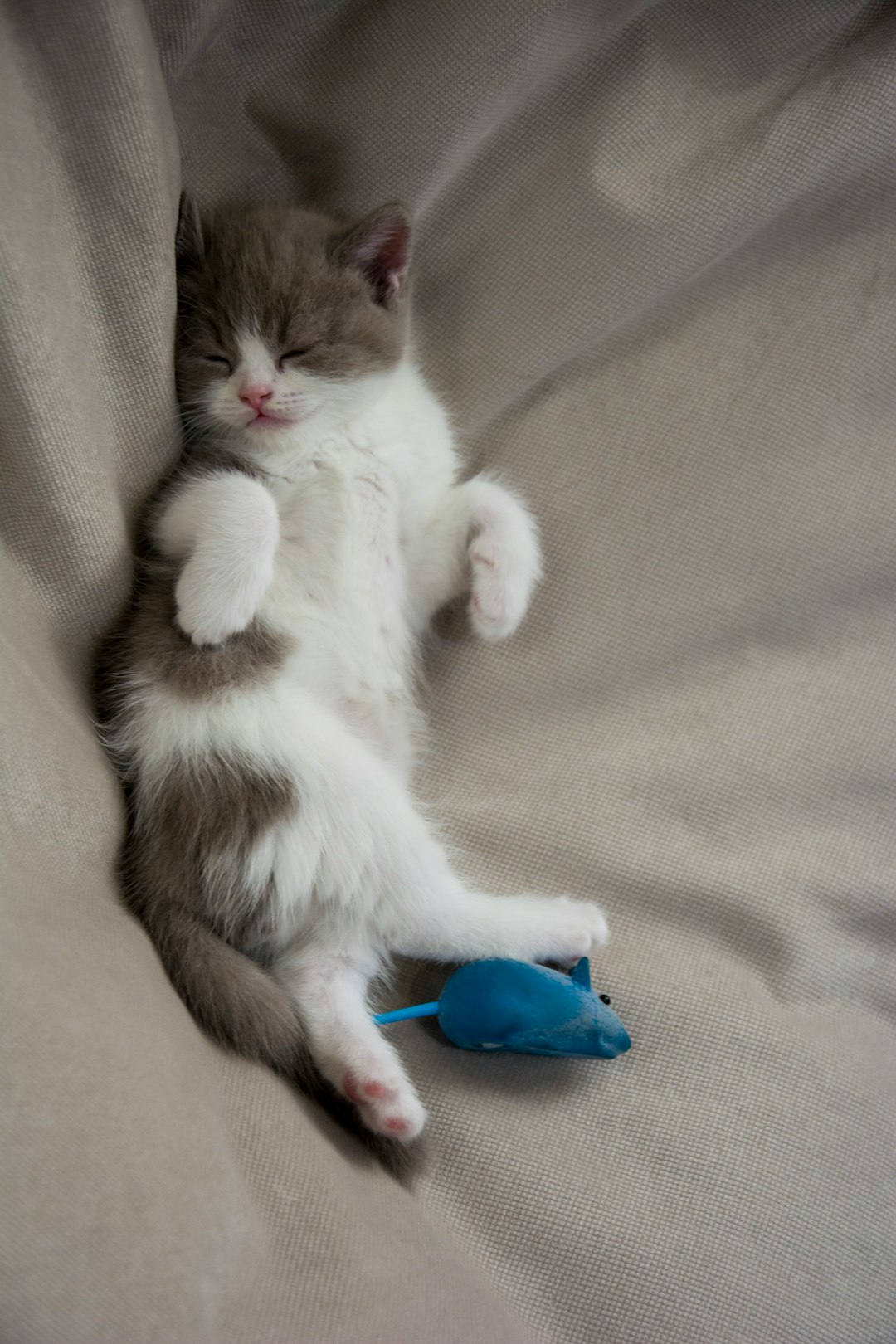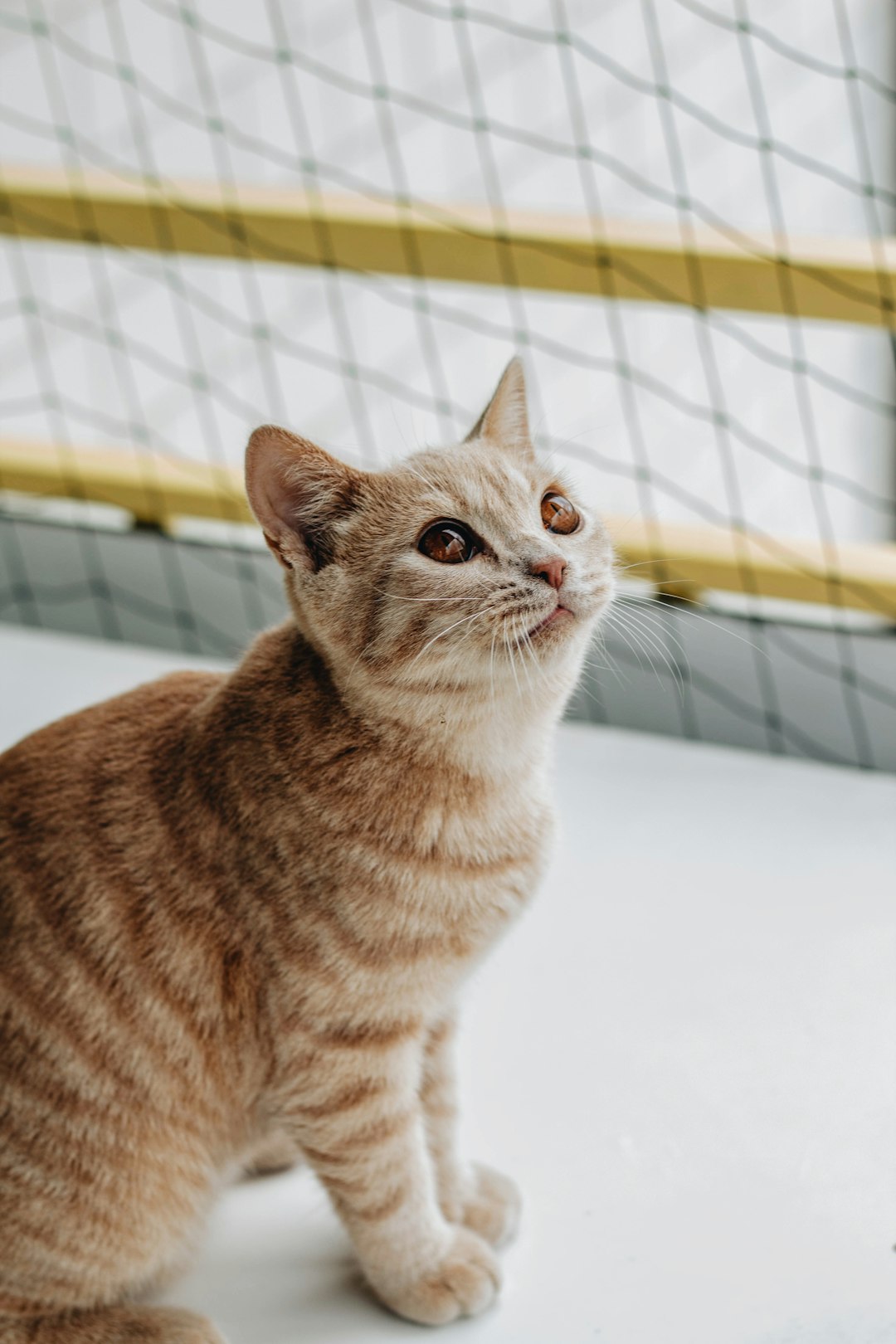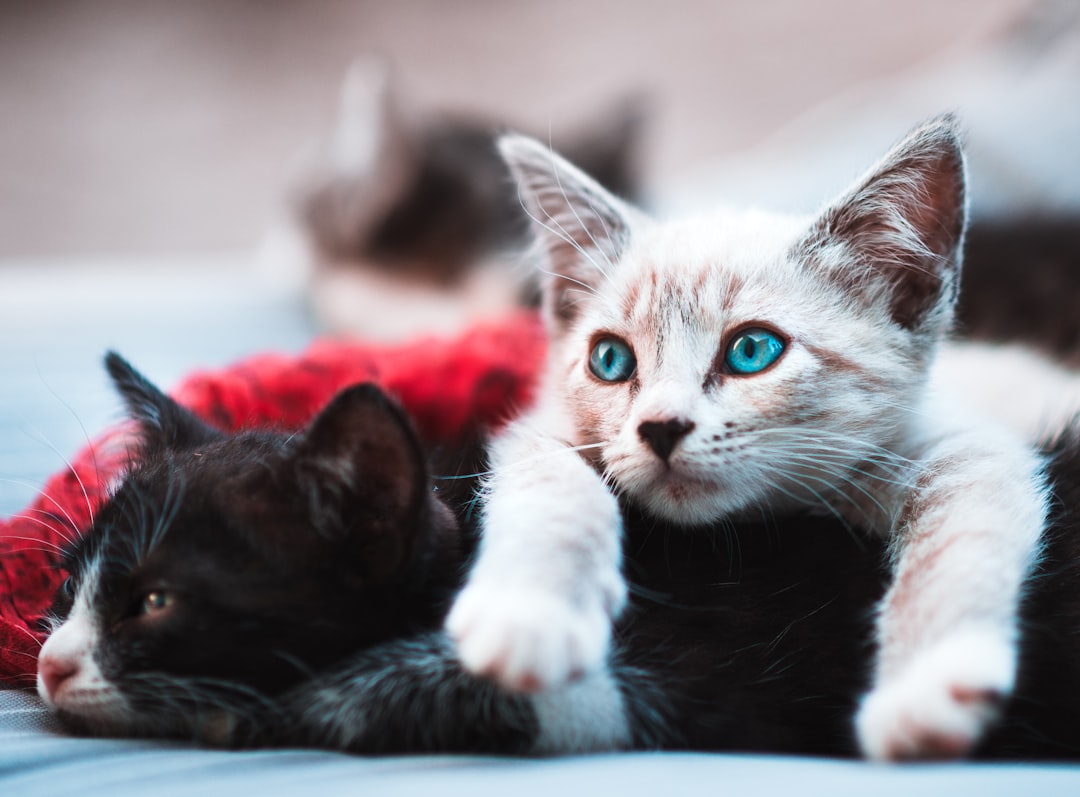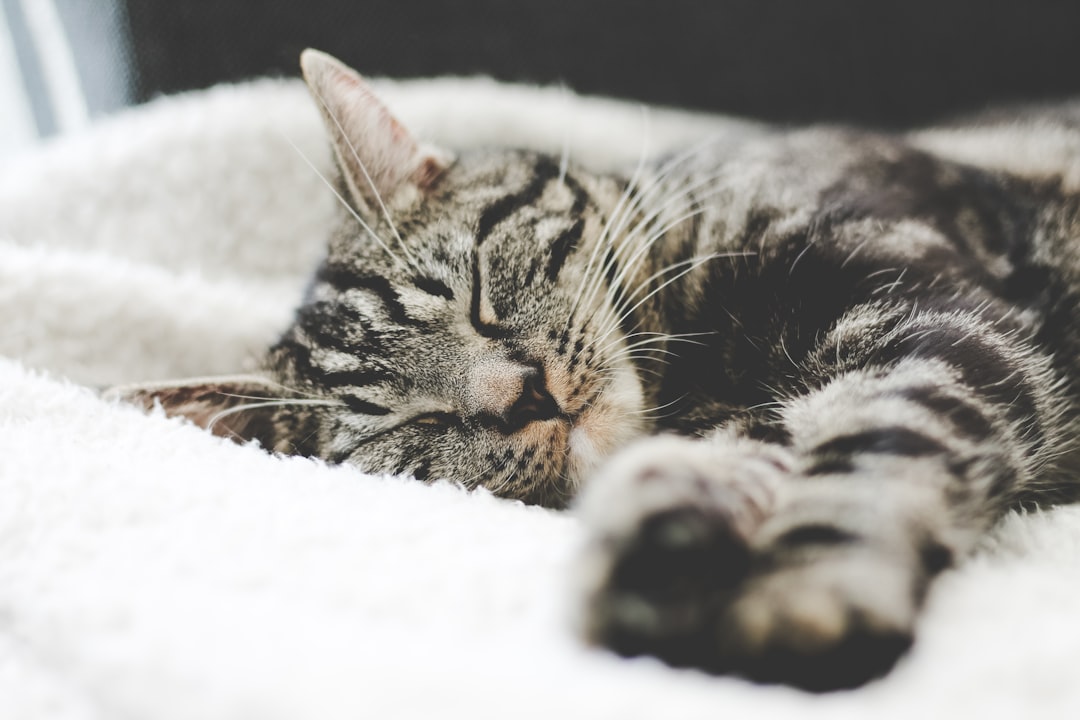Rodent ulcers, commonly affecting feline companions, present specific challenges for cat owners. Understanding the causes and symptoms of a rodent ulcer cat is crucial for timely diagnosis and treatment. These chronic lesions often require careful veterinary evaluation to ensure proper care. Moreover, being aware of preventative measures can significantly impact your cat’s overall health. In this post, we will delve into the important aspects of rodent ulcers, from identification to treatment options, empowering you to keep your furry friend healthy and happy.
Understanding Rodent Ulcer: Definition and Causes
Rodent ulcers, also known as indolent ulcers or eosinophilic granulomas, are common lesions found in cats, particularly around the mouth. These ulcers appear as raised, inflamed areas and can affect a cat’s overall health and well-being. The exact cause of rodent ulcers in cats remains somewhat unclear; however, several factors may contribute to their development:
- Allergic Reactions: Sensitivities to certain foods or environmental allergens can trigger these ulcers.
- Flea Allergies: Cats with flea allergies often develop skin irritations, including rodent ulcers.
- Viruses: Some viral infections, such as the feline immunodeficiency virus (FIV), may increase the likelihood of rodent ulcers in affected cats.
- Stress: Emotional or physical stress can weaken a cat’s immune system, making them more susceptible to ulcers.
Understanding the underlying causes of rodent ulcers in cats is essential for effective treatment and prevention. By addressing these triggers, pet owners can help reduce the chances of recurrence and promote overall health in their feline friends.

Types of Rodent Ulcers in Cats
Rodent ulcers, also known as eosinophilic granulomas, manifest in several forms in cats. Understanding the different types can help in identifying the best treatment approach. Here are the primary types of rodent ulcers in cats:
Lip Ulcers:
- Typically found on the upper lip.
- Present as swollen, red areas.
- May cause discomfort during eating.
Chin Ulcers:
- Appear on the chin or lower lip.
- Often characterized by lesions and hair loss.
- Can result from allergies or irritants.
Oral Ulcers:
- These form inside the mouth.
- Often painful and can lead to difficulty eating.
- May be associated with dental issues or systemic diseases.
Plasma Cell Stomatitis:
- A severe condition where multiple ulcers develop in the oral cavity.
- Requires thorough evaluation as they may indicate underlying health problems.
Recognizing the type of rodent ulcer cat your feline has plays a crucial role in determining effective treatment. Always consult your veterinarian for a proper diagnosis and tailored care.
Symptoms of Rodent Ulcer in Cats
Recognizing the symptoms of a rodent ulcer cat is crucial for timely treatment and care. Here are the most common signs to watch for:
- Sore or Ulcerated Lesions: Typically found on the upper lip, these lesions may appear red, swollen, or crusty.
- Unusual Grooming Behavior: Affected cats might groom excessively around the area, potentially worsening the ulcer.
- Halitosis: Foul breath can accompany the lesions due to infection or necrosis in the area.
- Loss of Appetite: Cats may eat less or refuse food due to discomfort from the ulcer.
- Weight Loss: Prolonged lack of appetite often leads to noticeable weight loss.
- Changes in Behavior: Increased irritability or lethargy could also indicate discomfort from the rodent ulcer.
If you notice any of these symptoms in your cat, consult your veterinarian immediately. Early detection and intervention can significantly improve your cat’s quality of life and speed up recovery from a rodent ulcer cat condition.
Diagnosis of Rodent Ulcers: What to Expect
When you suspect a rodent ulcer cat condition, seeking veterinary care is crucial. The diagnosis process typically involves several steps to ensure accurate identification and treatment. Here’s what to expect during the diagnosis:
Veterinary Examination:
- The vet will perform a thorough physical examination, focusing on your cat’s mouth, face, and any lesions present.
Medical History Review:
- Providing information about your cat’s diet, behavior, and any previous health issues can help the vet make informed decisions.
Diagnostic Tests:
- Your veterinarian may recommend additional tests such as:
- Biopsy: A small tissue sample will be taken to analyze the cells.
- Blood Tests: To rule out underlying health issues or infections.
- Your veterinarian may recommend additional tests such as:
Possible Imaging:
- In some cases, X-rays or ultrasounds may be needed to assess the severity of the rodent ulcer cat condition.
By understanding the diagnosis process, you can better prepare for the visit and ensure your cat receives the appropriate treatment promptly.

Treatment Options for Rodent Ulcers in Cats
Treating a rodent ulcer cat involves several strategies aimed at alleviating symptoms and addressing underlying causes. Veterinarians often recommend a combination of the following treatment options:
Medications:
- Corticosteroids: Help reduce inflammation and provide relief from itching.
- Antibiotics: Treat secondary infections that can arise from open wounds.
Surgical Intervention:
- In cases where ulcers are severe and persistent, surgery may be necessary to remove the affected tissue.
Dietary Adjustments:
- Switching to hypoallergenic diets can reduce allergic reactions that aggravate the ulcer.
Environmental Management:
- Minimizing stressors and providing a secure, calm environment contribute to healing.
Comparison of Treatment Options
| Treatment Method | Effectiveness | Duration of Treatment |
|---|---|---|
| Medications | High | Varies based on severity |
| Surgical Intervention | Very High | Immediate relief, post-op recovery may be needed |
| Dietary Adjustments | Moderate to High | Long-term, as needed |
| Environmental Management | High | Ongoing |
In conclusion, early treatment of rodent ulcers can significantly improve your cat’s quality of life. Consult your veterinarian to choose the best option tailored for your rodent ulcer cat.
Preventive Measures for Rodent Ulcers
Preventing rodent ulcer cat occurrences requires a multifaceted approach. Here are some effective strategies to minimize the risk:
- Regular Veterinary Visits: Schedule annual check-ups to catch any early signs of health issues.
- Balanced Diet: Feed your cat high-quality food rich in vitamins and minerals to support their immune system.
- Stress Management: Limit stressful situations for your cat, as stress can trigger rodent ulcers.
- Hygiene Practices: Keep your cat’s environment clean to prevent infections and irritations.
- Avoid Allergens: Be aware of potential allergens in your cat’s diet or environment that could contribute to skin issues.
- Monitor Behavior: Keep an eye on any sudden changes in your cat’s grooming habits, as excessive licking can lead to rodent ulcers.
By implementing these preventive measures, you can help reduce the likelihood of your cat developing rodent ulcers and ensure their overall well-being. Remember, early intervention is key in managing health conditions effectively.
Importance of Regular Veterinary Check-Ups
Regular veterinary check-ups play a crucial role in maintaining your cat’s health and preventing issues like rodent ulcer cat. These routine visits ensure early detection and timely treatment, which can make a significant difference in your cat’s well-being. Here’s why you should prioritize these appointments:
- Early Detection: Regular exams help identify early signs of rodent ulcers or other health problems before they escalate.
- Tailored Preventive Care: Your vet can provide personalized advice on diet, lifestyle, and preventive measures to reduce the risk of rodent ulcers.
- Vaccination and Parasite Control: Keeping your cat up-to-date with vaccinations and parasite prevention decreases overall health risks, indirectly helping prevent conditions like the rodent ulcer cat.
- Monitoring Chronic Conditions: If your cat has pre-existing issues, frequent check-ups allow for effective management and adjustments to treatment as needed.
By being proactive and scheduling regular veterinary check-ups, you can provide your feline friend the best chance to avoid health complications, including those related to rodent ulcers. Remember, a healthy cat is a happy cat!

Frequently Asked Questions About Rodent Ulcers in Cats
Rodent ulcers in cats can raise a multitude of questions among pet owners. Here are some of the most common inquiries:
What is a rodent ulcer cat?
A rodent ulcer cat refers to a feline afflicted with a particular type of skin lesion, typically found on the lips or around the mouth. It presents as a raised, swollen area that can be painful.Are rodent ulcers contagious?
No, rodent ulcers are not contagious. They are primarily the result of various underlying health issues, including allergies or immune system reactions.How are rodent ulcers diagnosed?
A veterinarian conducts a physical examination and may perform skin biopsies or blood tests to determine the cause of the ulcer.Can rodent ulcers in cats be prevented?
While not all cases are preventable, maintaining a clean environment, providing a balanced diet, and regular vet visits can reduce the risk.What happens if rodent ulcers are left untreated?
Untreated rodent ulcers can lead to secondary infections and chronic discomfort for the cat, making early veterinary intervention crucial.
By addressing these concerns, cat owners can better understand rodent ulcers and ensure their furry companions receive the necessary care.
Frequently Asked Questions
What is a rodent ulcer in cats?
A rodent ulcer, also known as eosinophilic granuloma complex (EGC), is a type of skin lesion found in cats, often appearing swollen, red, and ulcerated on the lips or inside the mouth. This condition is believed to be related to an allergic response or irritation, leading to inflammation of the tissues. These ulcers can cause discomfort and may be a sign of underlying health issues, necessitating veterinary attention for proper diagnosis and treatment.
What causes rodent ulcers in cats?
The exact cause of rodent ulcers in cats is not completely understood, but they are often associated with allergic reactions, insect bites, or environmental factors like pollen, dust, or certain foods. It’s also linked to stress and underlying health issues, such as dental disease or parasites. Identifying the root cause typically requires veterinary evaluation to provide the best treatment plan and to address any potential allergens or irritants in the cat’s environment.
How can rodent ulcers in cats be treated?
Treatment for rodent ulcers in cats often depends on the severity and underlying causes of the lesions. Common approaches include the use of corticosteroids to reduce inflammation and pain, as well as antibiotics if there is a secondary bacterial infection. Additionally, identifying and eliminating any allergens or irritants from the cat’s environment is crucial. Nutritional management, dental care, and stress reduction techniques may also be recommended as part of a comprehensive treatment plan.
Can rodent ulcers recur in cats?
Yes, rodent ulcers can recur in cats, especially if the underlying cause, such as allergies or stress, is not adequately addressed. Some cats may be predisposed to developing these lesions again, making it essential for cat owners to monitor their pets closely. Regular veterinary check-ups can help manage their health and reduce the likelihood of recurrence by addressing factors contributing to the formation of these ulcers.



